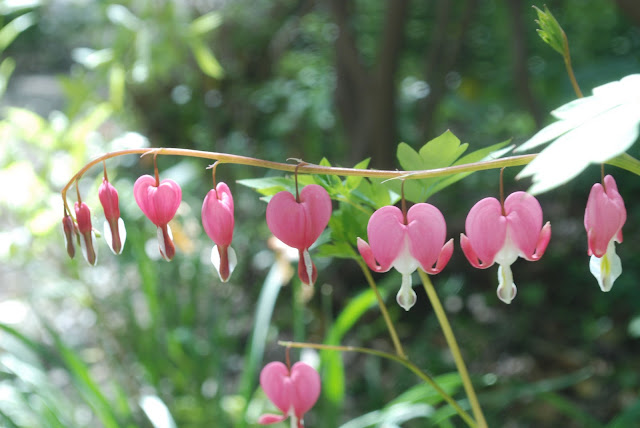 |
| Delaware's restored Fort Miles as seen from the Observation Tower with the Atlantic Ocean beyond |
During World War II, it became apparent that we Americans should protect our factories and other industries from enemy attack. The Delaware Valley was home to many of these, including some vitally important to the war effort.
Fort Miles was built on either side of the mouth of the bay in order to guard the Delaware River and Bay from enemy vessels that could blockade or sink our own. Cape Henlopen on the Delaware side had the bulk of the fort, but Cape May on the New Jersey side had some observation towers, a bunker, and personnel of its own.
 |
| Barracks Building A |
The area became Cape Henlopen State Park after the war, and more recently the Delaware Division of Parks and Recreation has endeavored to preserve the surviving buildings of Fort Miles.The fort was listed on the National Register of Historic Places in April 2005.
 |
| The entrance to Fort Miles on Sandy Lane with the Observation Tower in the background |
Fort Miles also has a large collection of "big guns" perched as they were in the 1940s ready to eliminate threats from enemy vessels.
 |
| Fred checks out one of the big guns at Fort Miles |
Soldiers stationed inside the various
 |
| Inside the tower |
Observation or Fire Towers kept watch on the Atlantic waters for enemy vessels. It is true that some German U-boats came very close to shore. (U-858 and its very young German crew were captured just off the coast at the end of the war and processed at Fort Miles.) The soldiers in the towers would communicate bearings to gunmen who used triangulation to figure how to aim those guns.
Visitors can climb the tower near the historic Fort Miles section for a stunning view of the park, ocean, beach, a couple of lighthouses, the Cape May-Lewes Ferry Terminal, and many ocean-going vessels.
One of the most remarkable things about Fort Miles and today's Cape Henlopen State Park is that it sits on top of a giant sand dune. It's labeled The Great Dune on my map and takes up 543 acres of the present-day park. The sandy soil and sparse vegetation create a desert ambiance charming for campers and beach-minded visitors, but how must this environment been for the soldiers of World War II?
 |
| The dune between Fort Miles and the Atlantic Ocean beach |
Drive or bike along Cape Henlopen Drive, past the Cape May-Lewes Ferry Terminal, and bear to the right once inside the park to get to the restored Fort Miles area.
Cape Henlopen also features swimming, camping, fishing, birding, and a nature center.


























